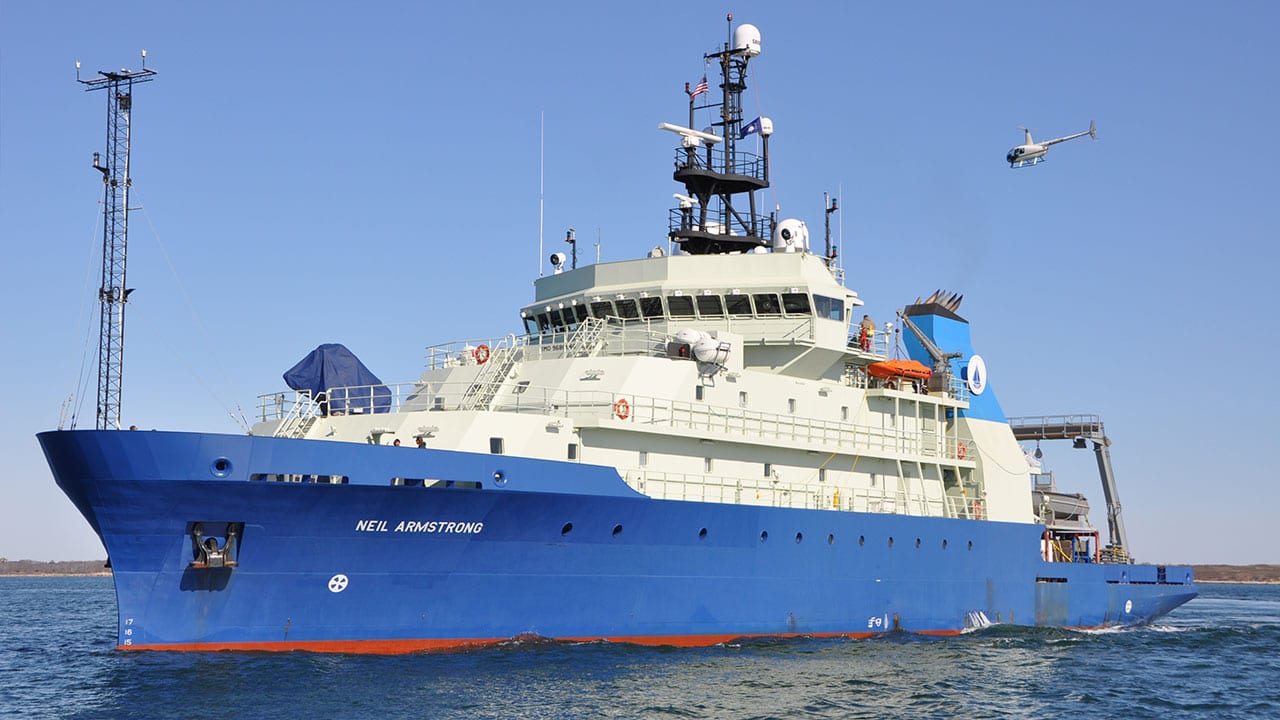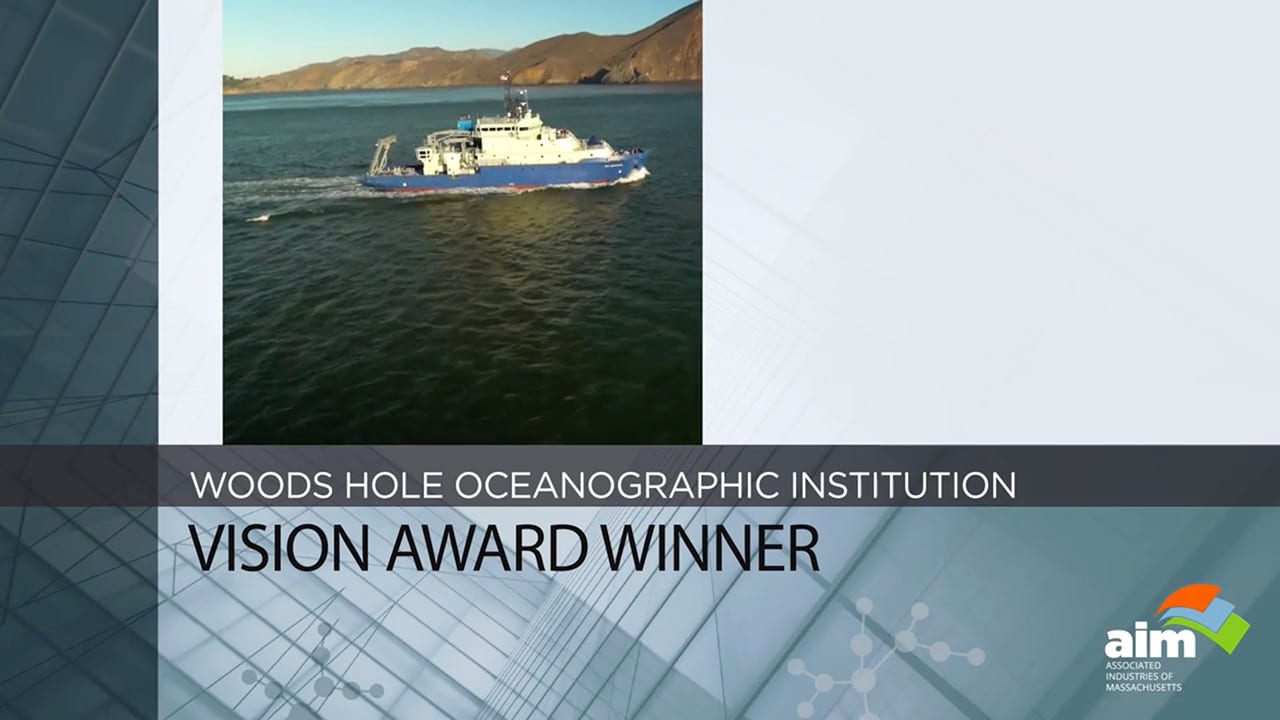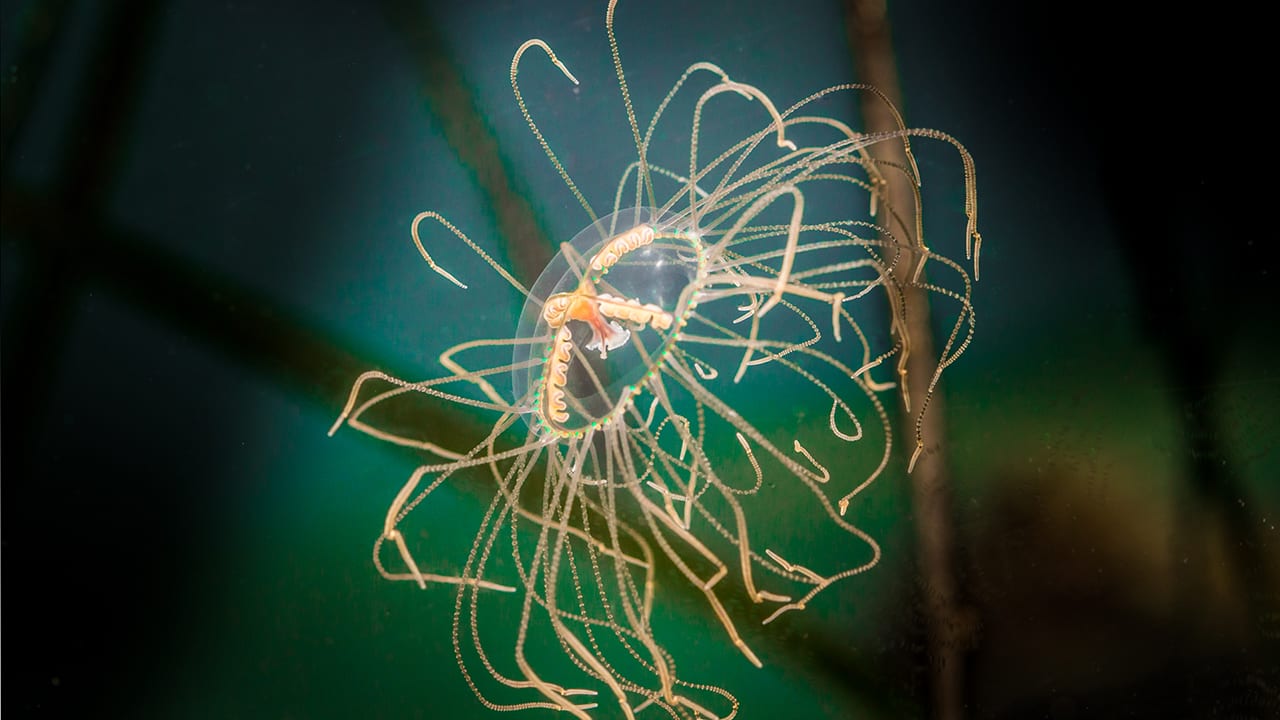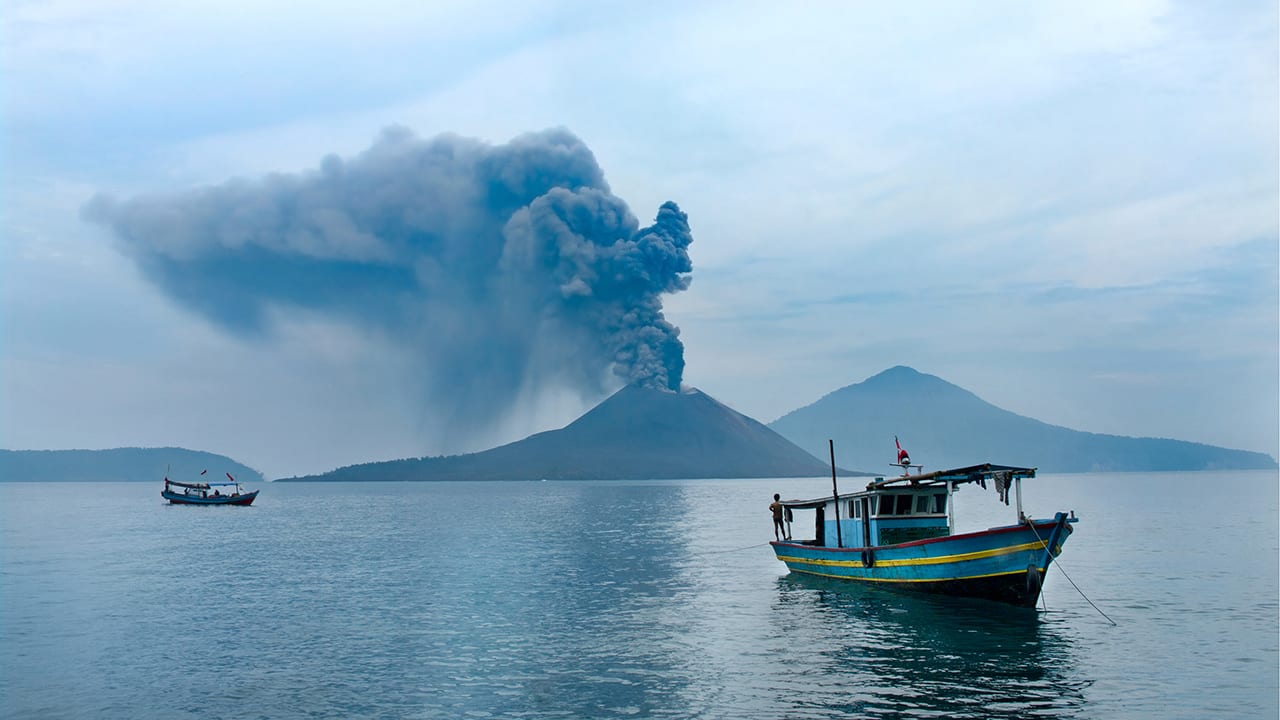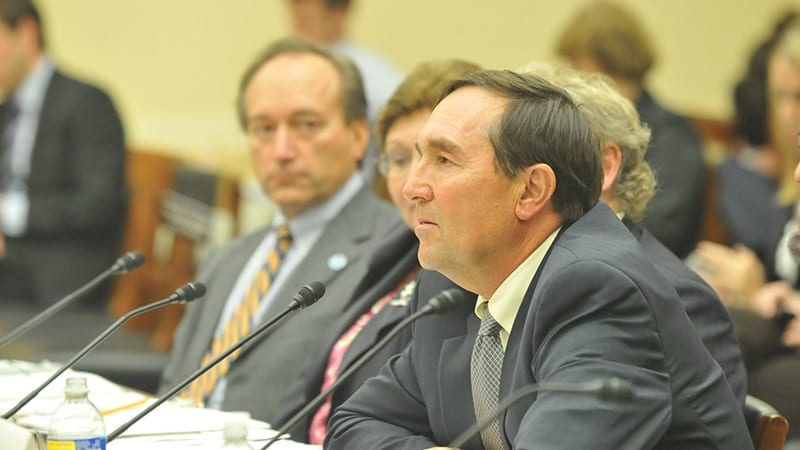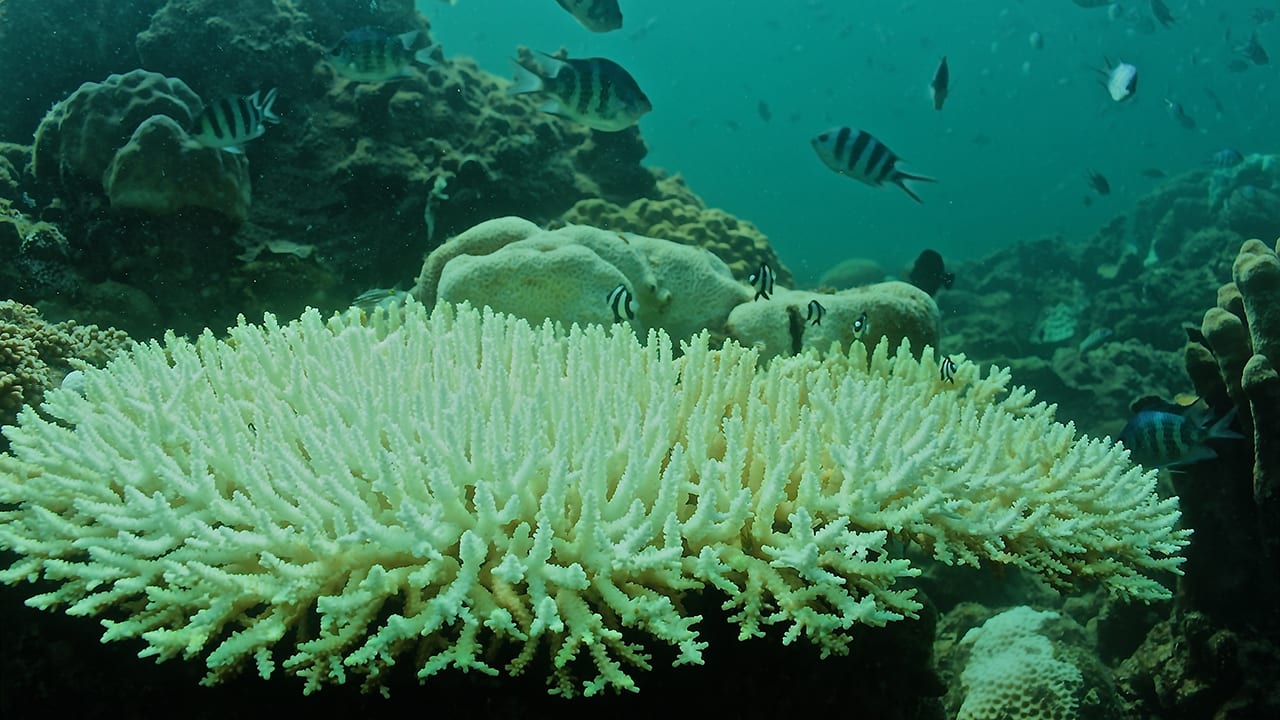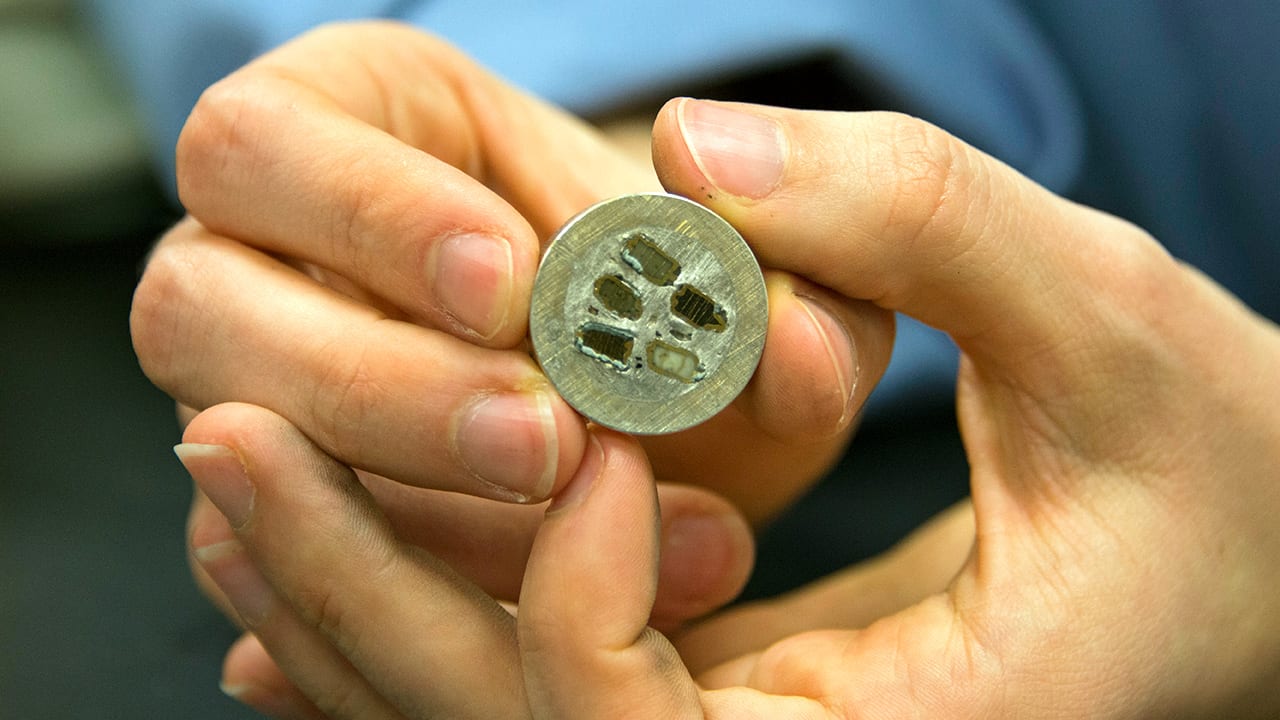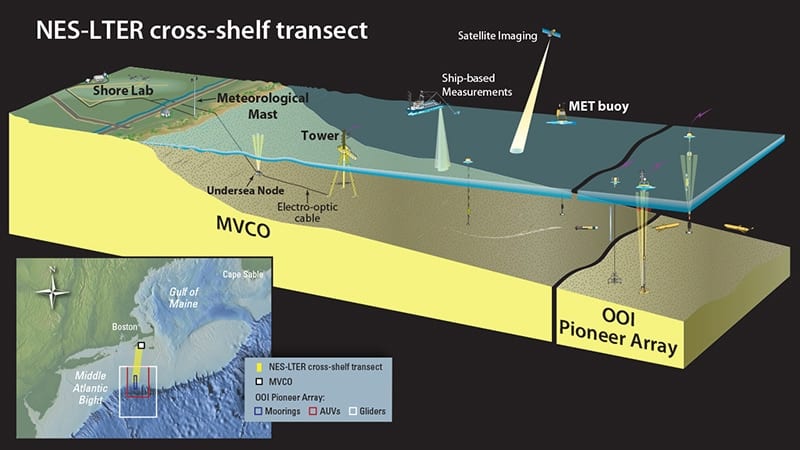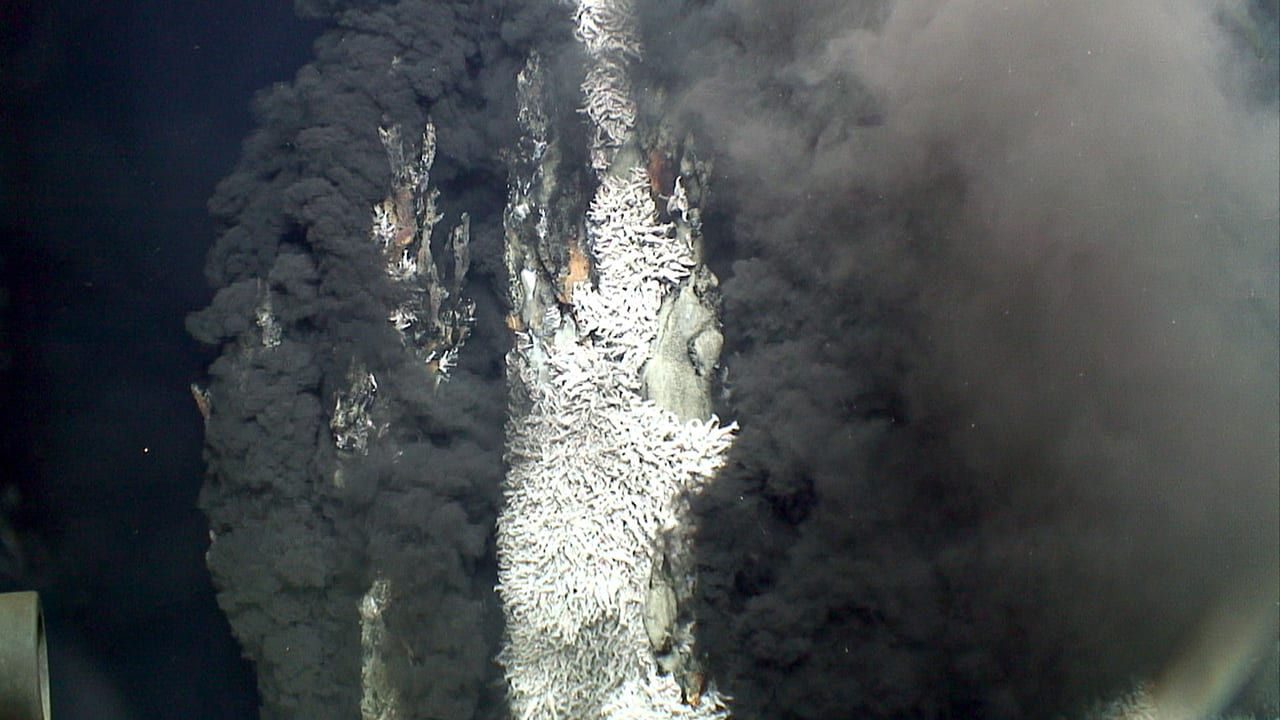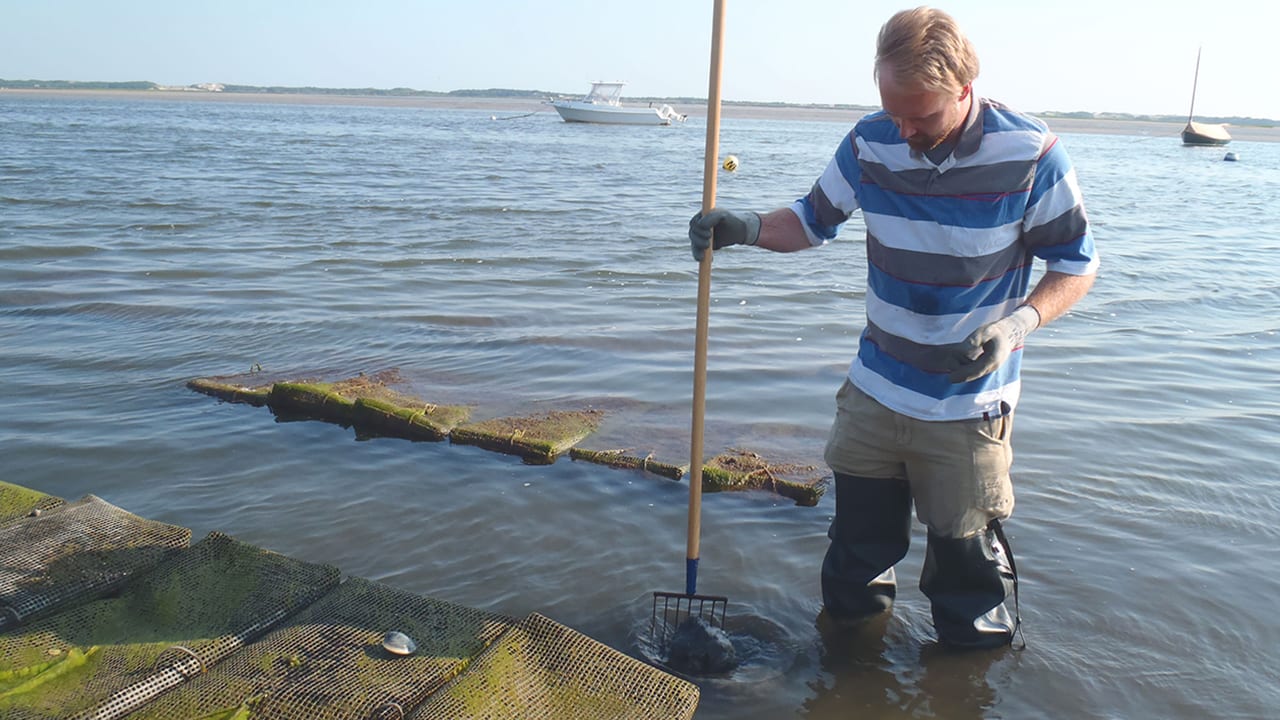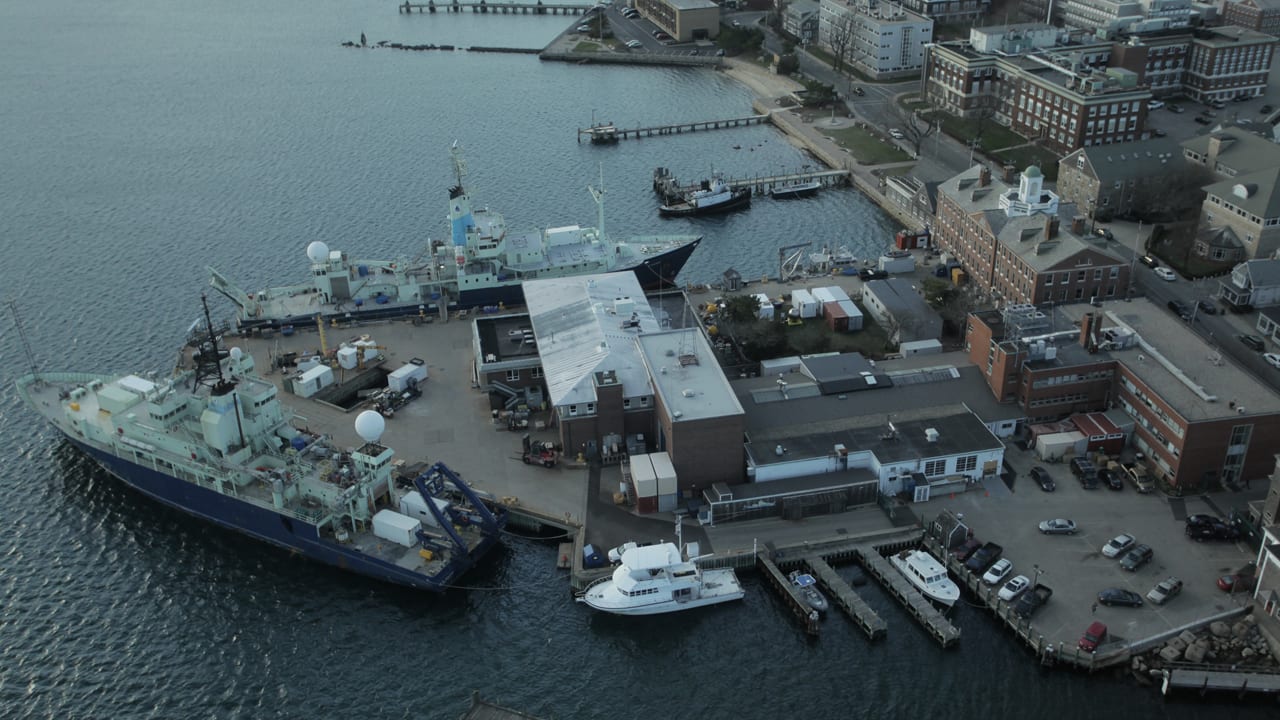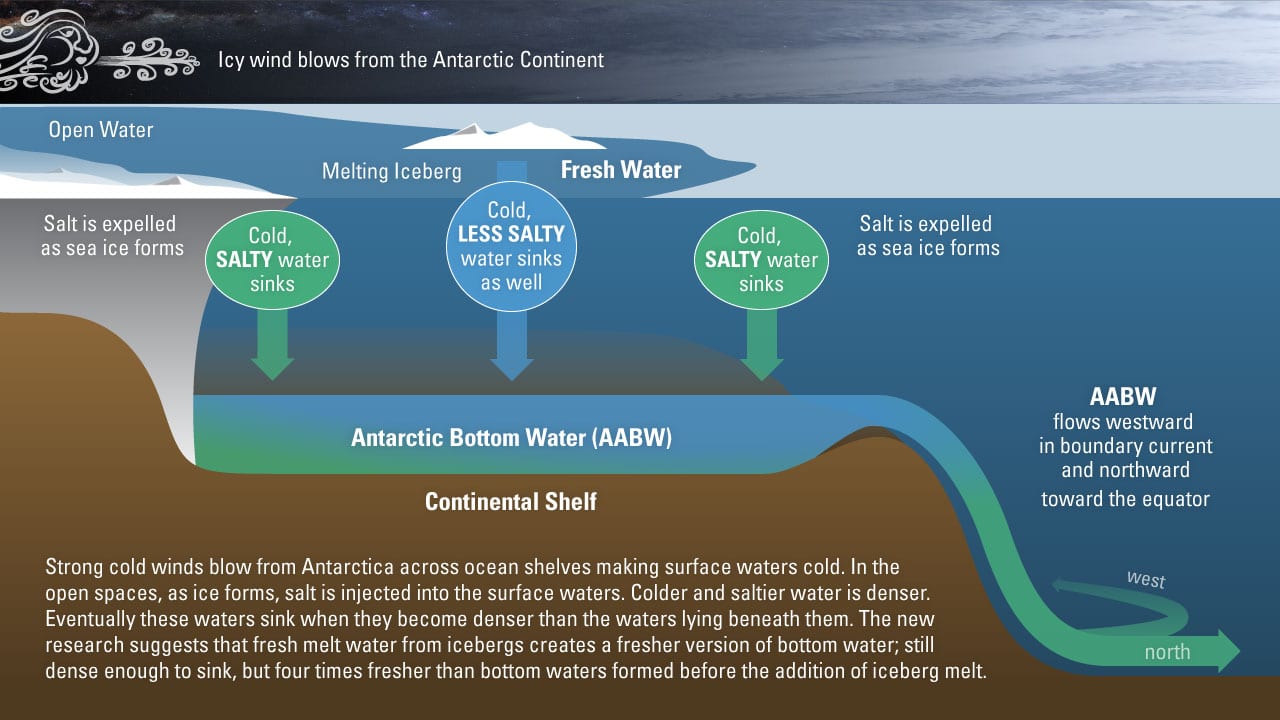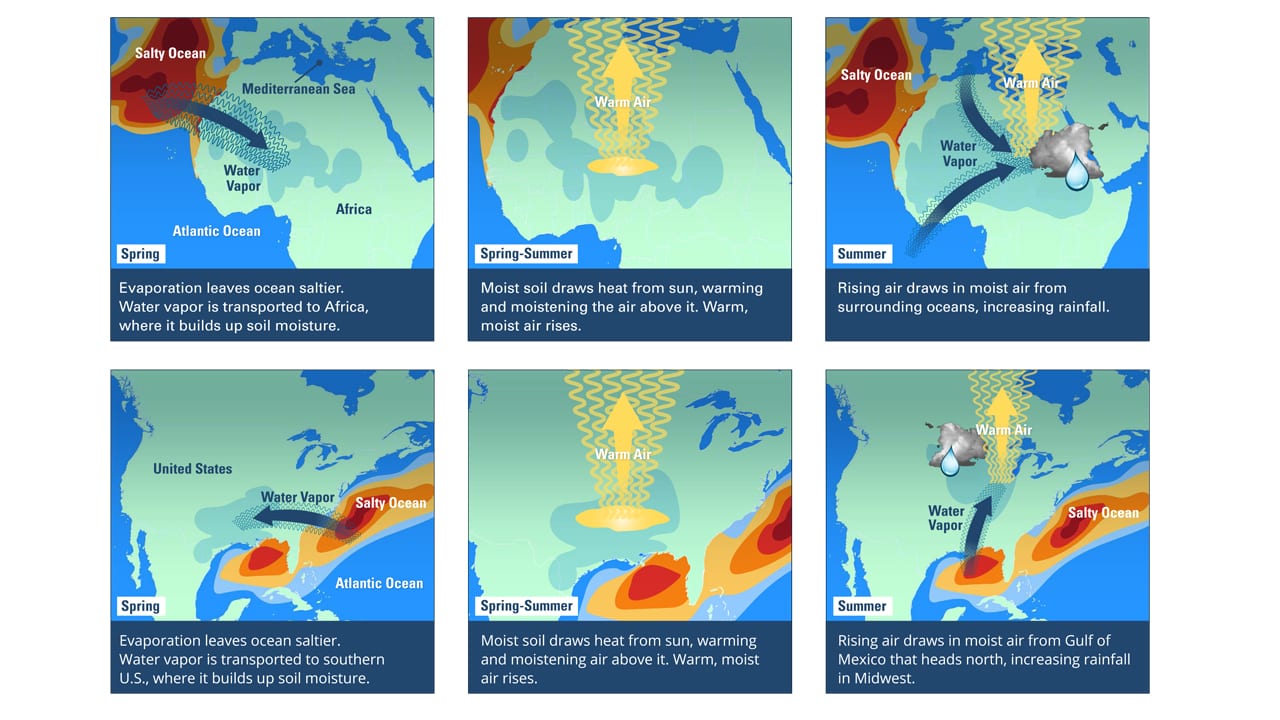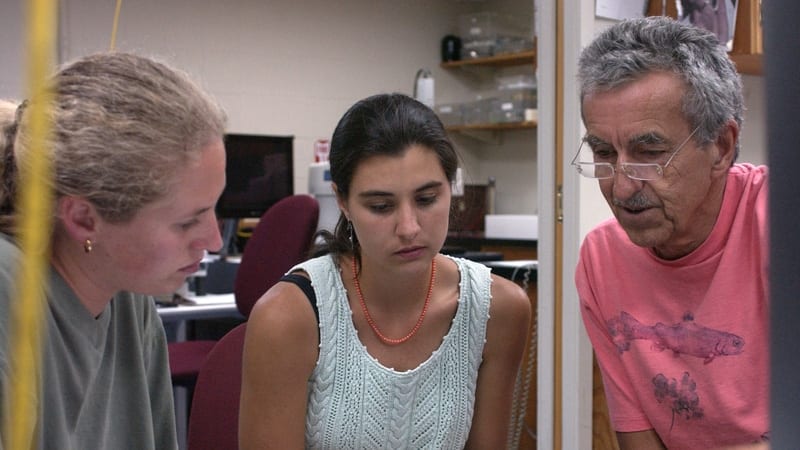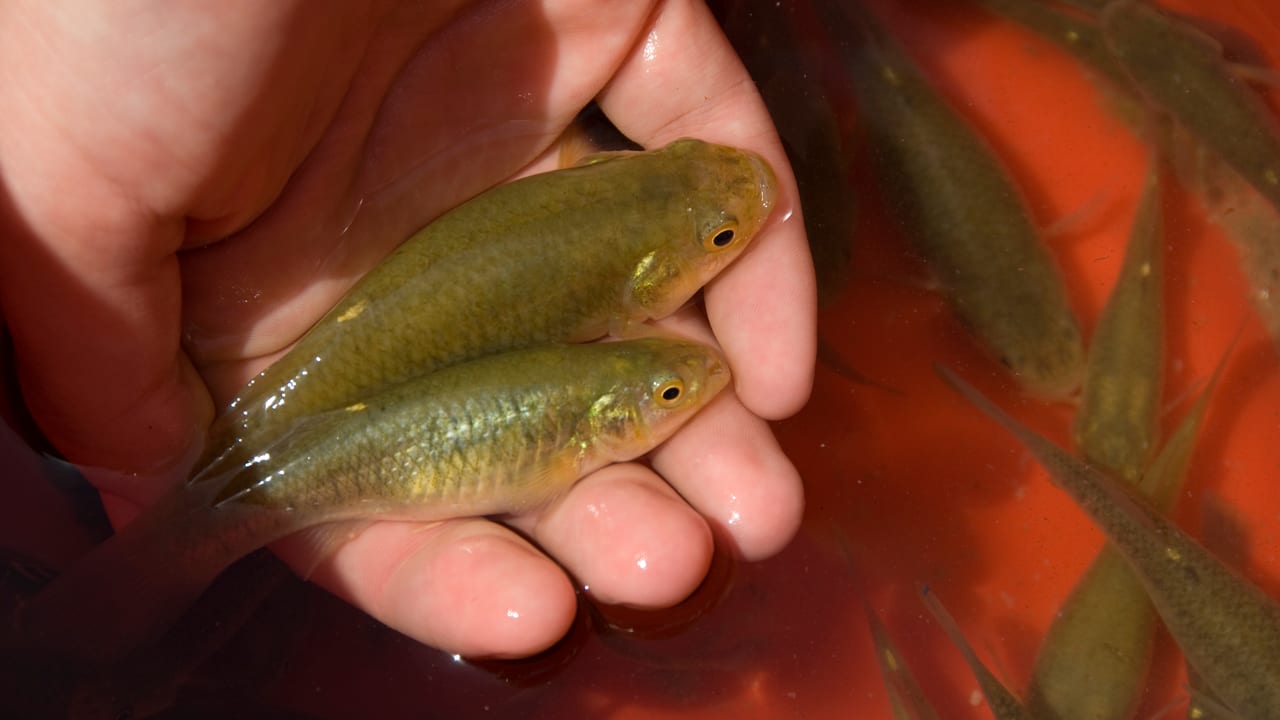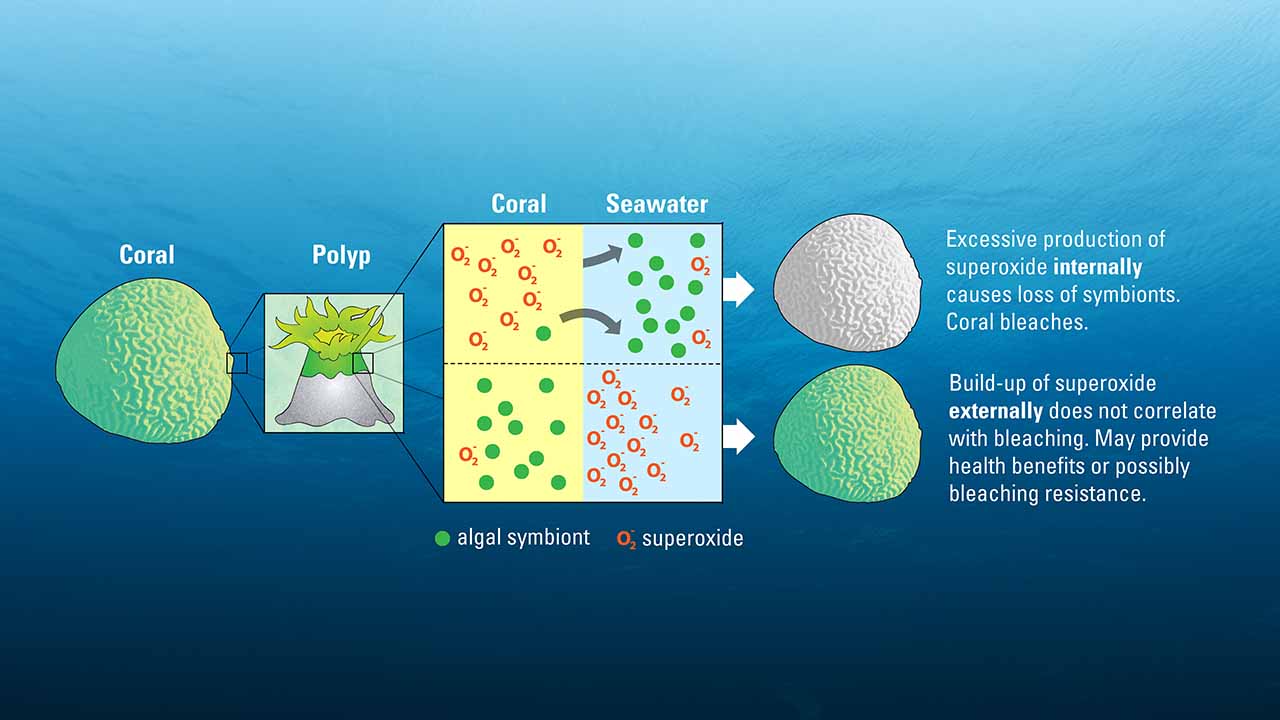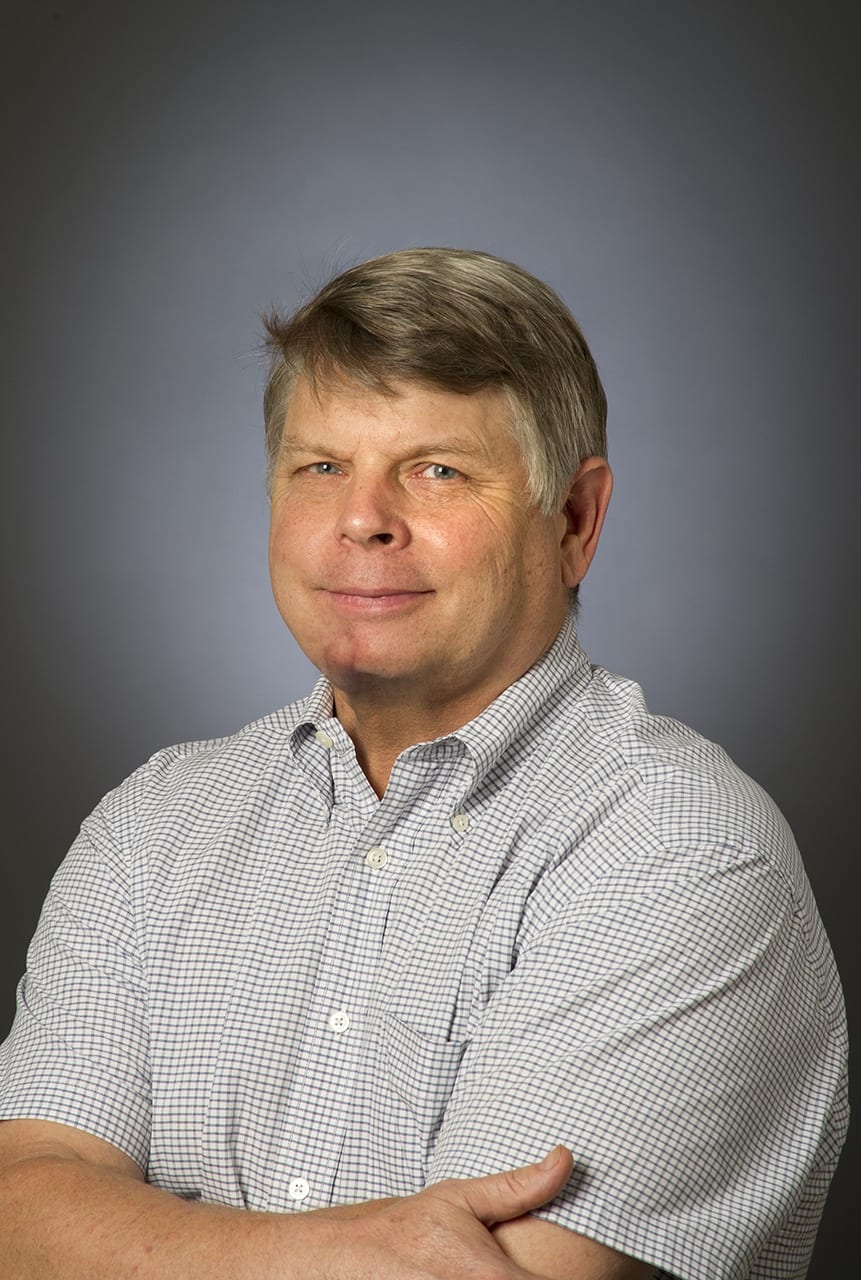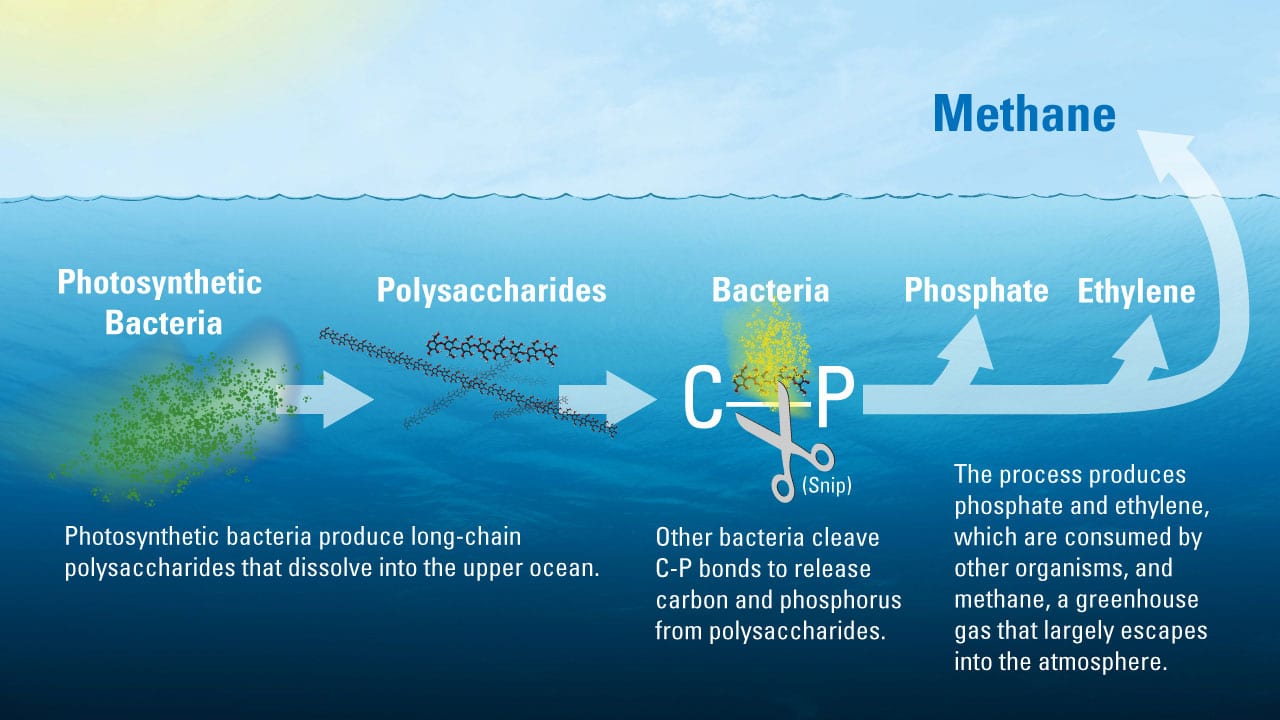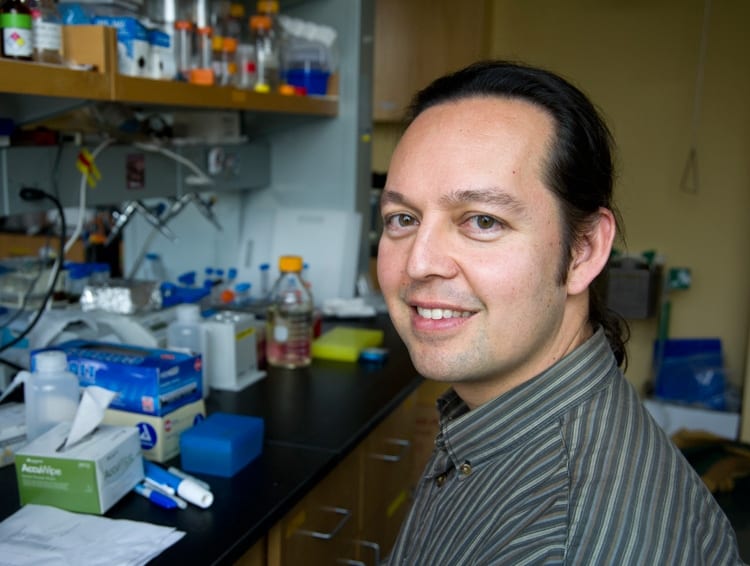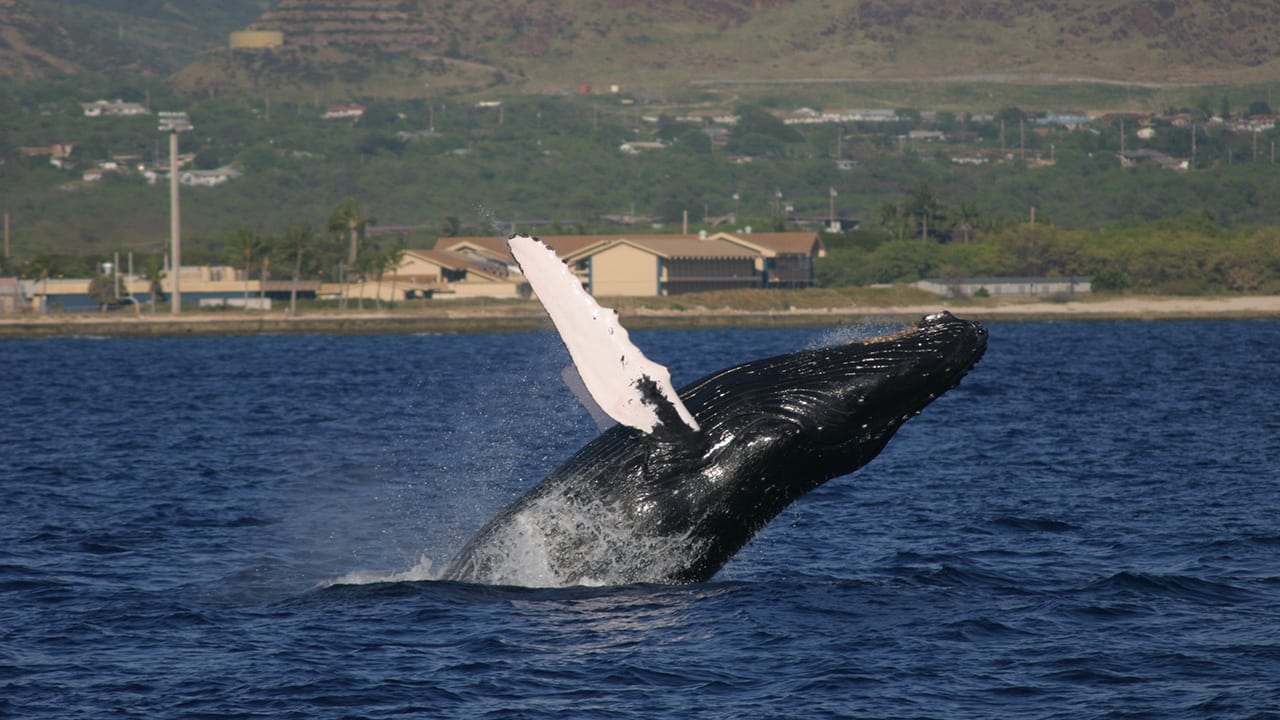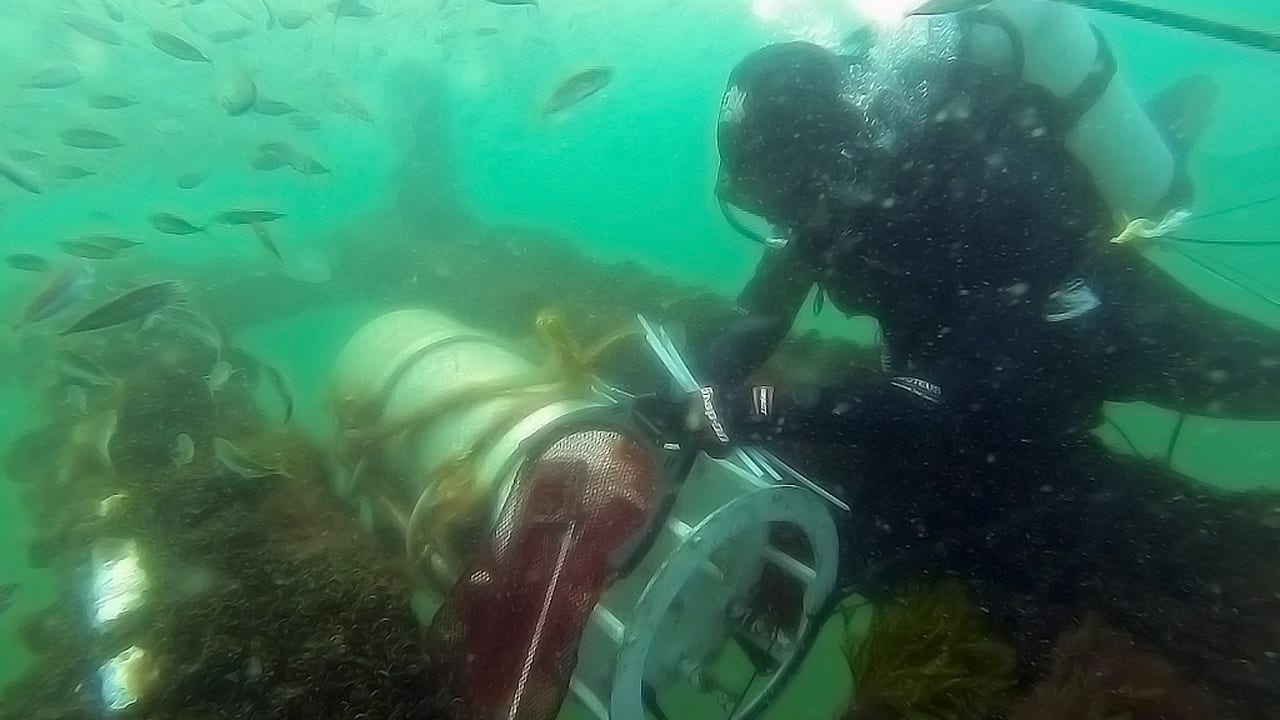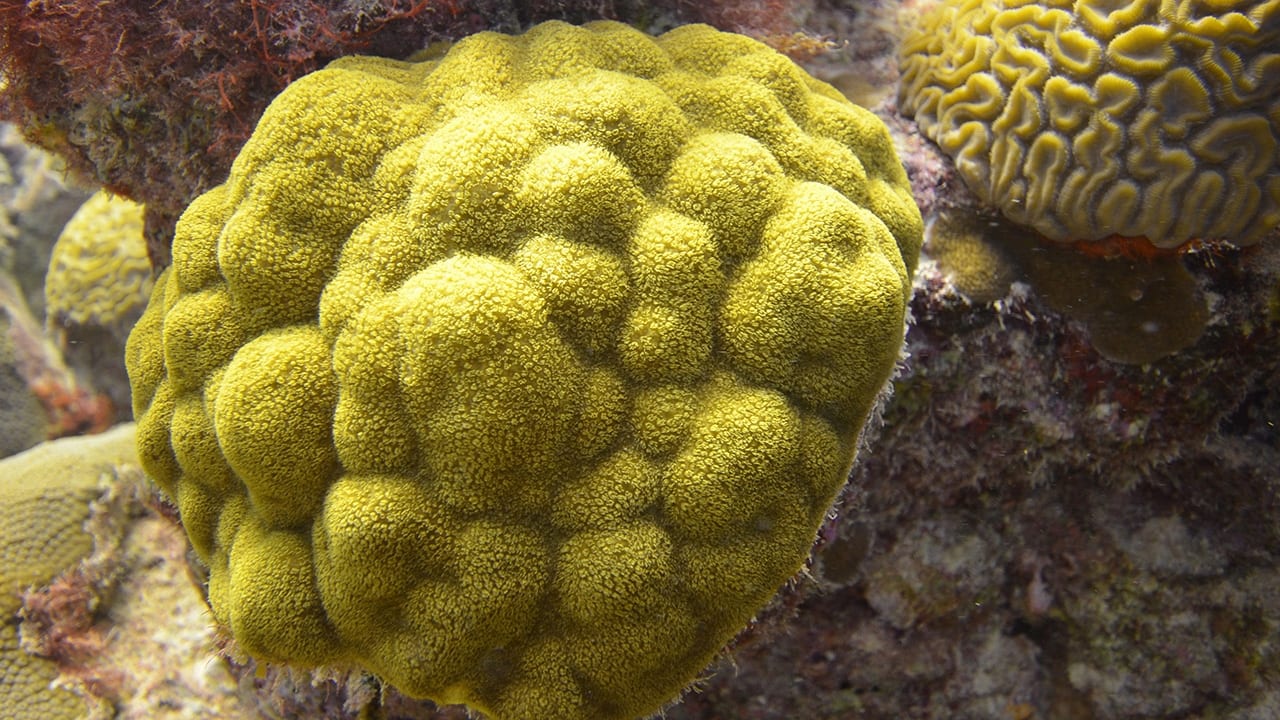News Releases
Woods Hole Oceanographic Ship Neil Armstrong to Participate in Fleet Week New York
The research vessel Neil Armstrong will participate in Fleet Week New York, May 24-26, 2017, marking the first time in recent memory that an oceanographic research vessel will be included in the celebration.
Read MoreWoods Hole Oceanographic Institution Honored by Associated Industries of Massachusetts
Woods Hole Oceanographic Institution (WHOI) has ‘transformed Massachusetts’ by carving out a preeminent place in the field of ocean sciences, according to the Associated Industries of Massachusetts (AIM). A global leader in ocean science and a key driver of the economy on Cape Cod, WHOI will be presented with the Vision Award, AIM’s highest honor, at a ceremony in Boston on May 5.
Read MoreTracing the Puzzling Origins of Clinging Jellyfish
For such small and delicate creatures, they can pack mighty painful stings. Known as clinging jellyfish because they attach themselves to seagrasses and seaweeds, Gonionemus is found along coastlines in the Pacific and Atlantic oceans, and in particular in waters near Vladivostok, Russia. Exactly how these jellyfish, long assumed to be native to the North Pacific, became so widely distributed throughout the world has perplexed researchers for decades
Read MoreVolcanic Arcs Form by Deep Melting of Rock Mixtures
A new study published in the journal Science Advances changes our understanding of how volcanic arc lavas are formed, and may have implications for the study of earthquakes and the risks of volcanic eruption.
Read MoreSchool Vacation Week Activities in Woods Hole
Woods Hole Oceanographic Institution (WHOI) and the Woods Hole Film Festival present Fun & Films for Families, free films and activities during April school vacation week, Monday, April 17, through…
Read MorePresident of the United Nations General Assembly and WHOI Director Will Host Press Briefing
The President of the UN General Assembly and the Director of the Woods Hole Oceanographic Institution (WHOI) will hold a press briefing on the vital importance of basic research to a global sustainable ocean. The briefing will be held on Friday, April 7, at 11:30 a.m., at WHOI’s LOSOS laboratory.
Read MoreDon Anderson Selected for Prestigious Ketchum Award for Coastal Research
Senior Scientist Don Anderson will receive WHOI’s prestigious 2017 Bostwick H. Ketchum Award, which honors an internationally recognized scientist who demonstrates an innovative approach to coastal research, leadership in the scientific community, and who forges a link between coastal research and societal issues.
Read MoreCorals Die as Global Warming Collides with Local Weather in the South China Sea
New research highlights the devastation caused when global-scale ocean warming interacts with short-lived weather anomalies, and adds urgency to the question of how reefs will fare through the end of this century.
Read MoreTaking Earth’s Inner Temperature
A new WHOI study led by WHOI suggests the mantleâÃÂÃÂthe mostly solid, rocky part of Earth’s interior that lies between its super-heated core and its outer crustal layerâÃÂÃÂmay be hotter than previously believed. The surprising finding could change how scientists think about many issues in Earth science including how ocean basins form.
Read MoreA New Long-Term Ecological Research Site Announced for the Northeast U.S. Shelf
To better understand and manage the intricate ecosystem off the Northeast U.S. coast, the National Science Foundation has announced the selection of this critical ocean region for a new Long Term Ecological Research (LTER) site led by WHOI.
Read MorePanel to Discuss Deep-Sea Mining at AAAS Meeting
Home to an immense diversity of marine life, the deep ocean also contains valuable minerals with metals such as nickel, copper, cobalt, manganese, zinc, and gold, and rare-earth elements used in electronic technology like smart phones and medical imaging machines. As demand for these resources increases and supplies on land decrease, commercial mining operators are looking to the deep ocean as the next frontier for mining.
Read MoreStudy Provides Measurement of Nitrogen Removal by Local Shellfish
A new study by Woods Hole Sea Grant, Cape Cod Cooperative Extension, and the Mashpee Department of Natural Resources provides the first comprehensive measurement of nitrogen removed by shellfish harvested from waters off Cape Cod.
Read MoreTown of Falmouth and WHOI Win Seaport Economic Council Grant
At a meeting Thursday in Fall River, members of the Massachusetts Seaport Economic Council (SEC) green-lighted a $500,000 grant request from the Town of Falmouth and Woods Hole Oceanographic Institution (WHOI). The award will go toward a feasibility study for the replacement of the WHOI dock on Water Street in Woods Hole.
Read MoreAntarctic Bottom Waters Freshening at Unexpected Rate
In the cold depths along the sea floor, Antarctic Bottom Waters are part of a critical part of the global circulatory system. Over the last decade, scientists have been monitoring changes in these waters, but a new WHOI study suggests these changes are themselves shifting in unexpected ways, with potentially significant consequences for the ocean and climate.
Read MoreSalty Oceans Can Forecast Rain on Land
At this week’s American Geophysical Union meeting, a team of researchers from the Woods Hole Oceanographic Institution (WHOI) presented their latest research findings on the long-range predictions of rainfall on land. Their method is based on ocean salinity rather than sea surface temperatures, which has been the standard for decades.
Read MoreStan Hart Receives AGU’s Highest Honor
Stan Hart, WHOI scientist emeritus, has been awarded the American Geophysical Union’s (AGU) highest honor, the William Bowie Medal. The Honors Tribute was held on Wednesday, 14 December 2016, at the AGU Fall Meeting in San Francisco.
Read MoreSome Fish Quickly Adapt to Lethal Levels of Pollution
Killifish living in four polluted East Coast estuaries have adapted to survive levels of toxic industrial pollutants that would normally kill them, tolerating concentrations up to 8,000 times higher than sensitive fish. A new study reveals the complex genetic basis for the Atlantic killifishÃÂÃÂÃÂâÃÂÃÂÃÂÃÂÃÂÃÂÃÂÃÂs remarkable resilience.
Read MoreNew Studies Take a Second Look at Coral Bleaching Culprit
A new study from WHOI indicates that superoxide’a natural toxin believed to be the main culprit behind coral bleaching’may actually play a beneficial role in coral health and resilience.
Read MoreWHOI Geologist Henry Dick Named AAAS 2016 Fellow
Henry Dick of the Woods Hole Oceanographic Institution (WHOI) has been named a Fellow of the American Association for the Advancement of Science (AAAS). Election as an AAAS Fellow is an honor bestowed upon association members by their peers.
Read MoreNew Study Explains Mysterious Source of Greenhouse Gas Methane in the Ocean
A new study may have cracked the longstanding ‘marine methane paradox,’ finding that the answer may lie in the complex ways that bacteria break down substances excreted into seawater by living organisms.
Read MoreWHOI Scientist Receives Camille and Henry Dreyfus Foundation Award
The Camille and Henry Dreyfus Foundation selected Mak Saito, a biogeochemist at Woods Hole Oceanographic Institution (WHOI), as one of eight awardees of a 2016 Postdoctoral Program in Environmental Chemistry grant.
Read MoreWHOI Study Sheds Light on Previously Overlooked Aspect of Whale Songs
Researchers have known for decades that whales create elaborate songs, sometimes projecting their calls for miles underwater. A new study from the Woods Hole Oceanographic Institution (WHOI), however, has revealed…
Read MoreNew 13-year Study Tracks Impact of Changing Climate on a Key Marine Food Source
A new multiyear study from scientists at the Woods Hole Oceanographic Institution (WHOI) has shown for the first time how changes in ocean temperature affect a key species of phytoplankton. The study, published in the October 21 issue of the journal Science, tracked levels of Synechococcus – a tiny bacterium common in marine ecosystems – near the coast of Massachusetts over a 13-year period. As ocean temperatures increased during that time, annual blooms of Synechococcus occurred up to four weeks earlier than usual because cells divided faster in warmer conditions, the study found.
Read MoreStudy Reveals Corals’ Influence on Reef Microbes
As they grow, corals are bathed in a sea of marine microbes, such as bacteria, algae, and viruses. While these extremely abundant and tiny microorganisms influence coral communities in a variety of ways, a new study by researchers at the Woods Hole Oceanographic Institution (WHOI), the Bermuda Institute of Ocean Sciences (BIOS) and University of California, Santa Barbara (UCSB) reveals that corals also have an impact on the microbes in waters surrounding them
Read More
